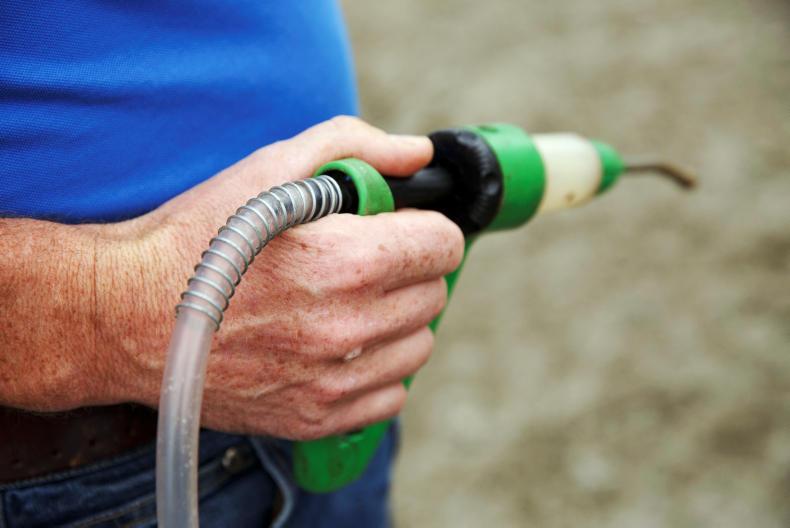Anthelmintic resistance may not be the most interesting of subjects to talk about but is something that is becoming a real problem on farms across the country.
Various studies carried out by the Moredun Research Institute in Scotland over the last number of years have shown resistance to white (Bendazole) drenches increase from just over 20% in 1991, to over 80% prevalence on lowland farms and 55% on upland and hill farms in 2012.
Further work by SCOPS in England and Wales has shown resistance to yellow (levamisole) drenches on 47% of lowland farms and 17% of hill/upland farms.
Add to this the increasing number of farms reporting resistance to clear (Macrocyclic lactones) drenches and the picture becomes starker.
What to do?
A drench test is a simple way to give a quick indication of the effectiveness of an anthelmintic.
Step one
On the day of dosing, take faecal samples of 10-15 lambs and identify them with stock marker for testing again.
Step two
Submit the samples for analysis to your local vet or laboratory on the same day as testing for best results.
Step three
Dose lambs with selected drench. Having an accurate weight of the animals and calibrating the dosing gun to be sure it is delivering the required amount of product is vital to help reduce instances of resistance.
Step four
Depending on the product you used, retest the marked lambs seven days after treatment with a yellow drench, 10-14 days after treatment with a white drench, or 14-16 days after treatment with a clear drench.
Again for best results, submit samples for analysis on the day of testing.
Step five
Compare the two results. You are looking for a reduction in the average faecal egg count (FEC) of the test group of greater than 95%. Below this resistance can be suspected, however there may be other factors at play so consulting your local vet is recommended.






 This is a subscriber-only article
This is a subscriber-only article










SHARING OPTIONS: